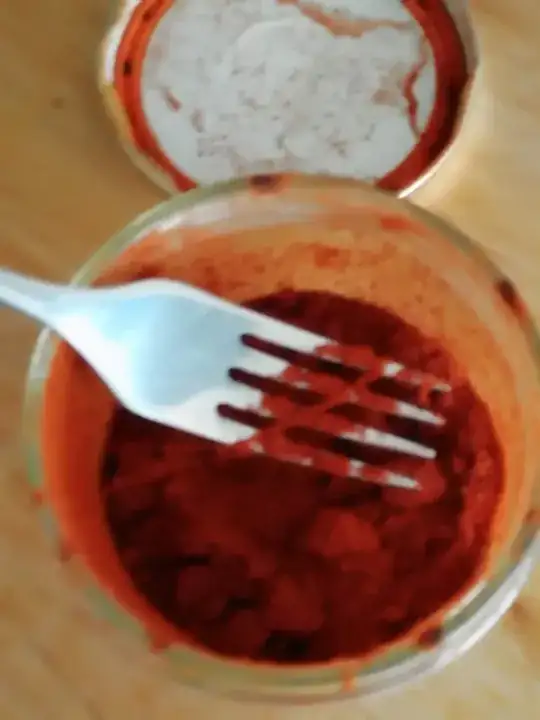I would pull all your dry good items to the counter and wipe down your shelves to see if you see signs of insects (crawling & flying).
Purge anything that is suspect, old are not used. Take that trash outside when done. Take close look at any bulk cereals, flour, imported dry goods, opened spices & herbs.
Inspect the food items that are already open or are in cardboard with no sealed bag and put them into a sealed container (tupperware style or ziplock bags). Place these in the freezer for a couple of days to try and kill off anything you can't see.
Look at using sealable containers for any bulk items - mason jars, ziplock bags, nifty storage containers, etc. You can find large plastic bins or buckets with airtight lids for bigger items like flour, rice, beans, etc.
Here is a link to the common "pantry moth" that might be the source of your infestation: https://www.pantrymothtrap.com/pantry-moths-lifecycle/
